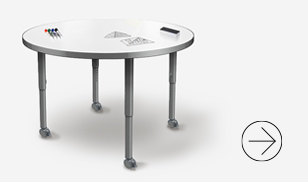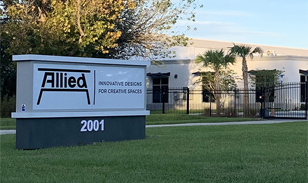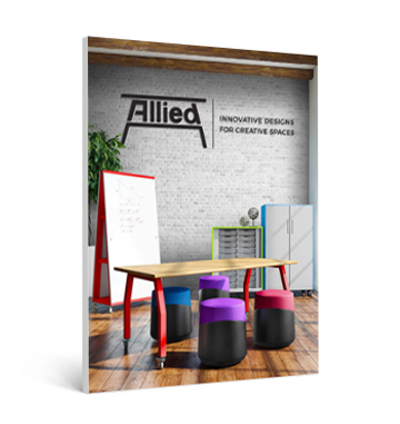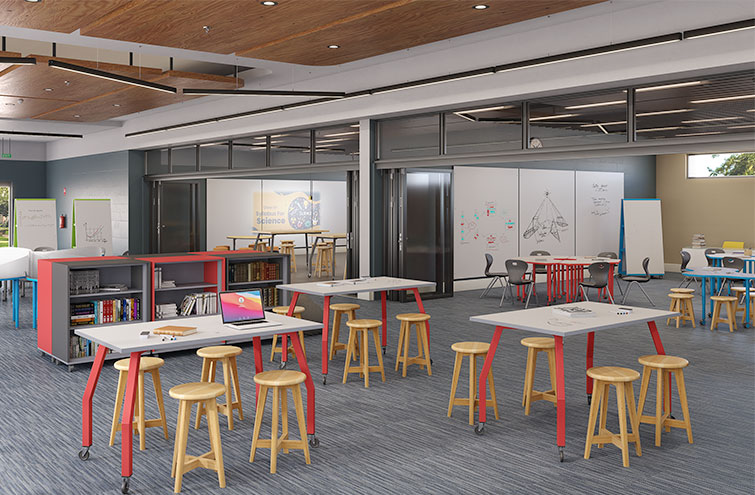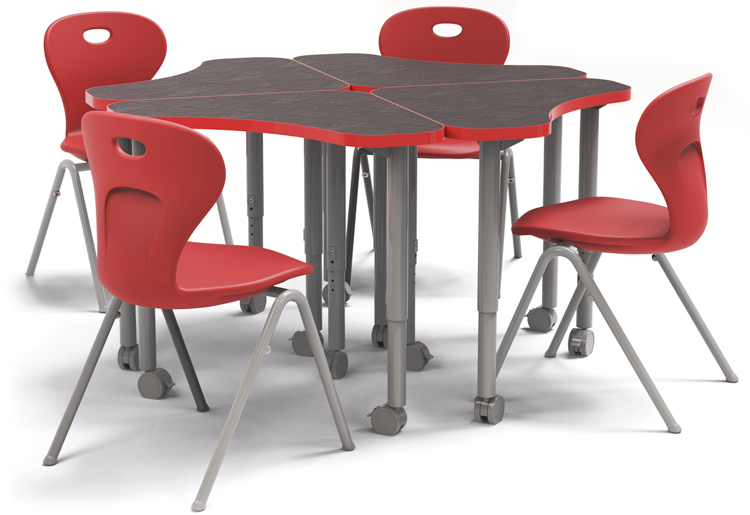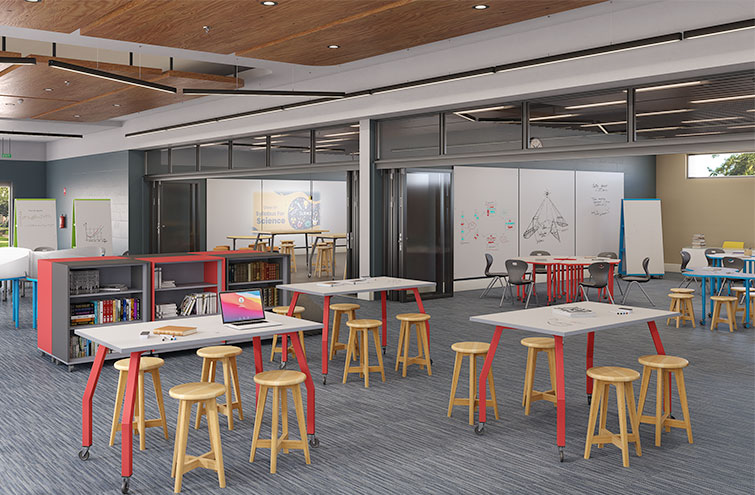The landscape of K-12 education is experiencing a paradigm shift, moving from traditional, teacher-centered methods to innovative, student-centered learning environments. Open learning environments are at the forefront of this transformation, championing a model where students take the reins of their education, guided by educators who serve more as mentors than lecturers. Allied is at the heart of this revolution, providing the tools and furnishings that facilitate this modern approach to learning.
Understanding Open Learning Environments
Open learning environments represent a significant departure from conventional educational models. They are characterized by their flexibility, adaptability, and focus on student choice and agency. In these settings, learning is not confined to textbooks or standardized tests; instead, it is a dynamic process where students explore, inquire, and learn through experience.
The advantages of open learning environments are extensive. They cater to different learning styles, allowing for personalized learning paths. Students in these settings often demonstrate higher levels of engagement, motivation, and a deeper understanding of the material. They learn not only academic content but also vital life skills such as critical thinking, problem-solving, and self-management.
Furthermore, open learning environments promote social and emotional development. Students learn to collaborate, communicate effectively, and develop empathy and understanding for different perspectives. This holistic approach to education prepares students for the complexities of the real world, equipping them with the skills necessary for success in the 21st century.
The Role of the Teacher in Open Learning Environments
In open learning environments, the teacher’s role undergoes a dramatic transformation. Teachers become facilitators of learning rather than mere transmitters of knowledge. This shift involves creating a learning landscape where students can explore ideas and concepts independently or in collaboration with their peers.
Teachers in this model act as guides, mentors, and coaches. They design learning experiences that provoke curiosity and inquiry, fostering a classroom culture where mistakes are seen as learning opportunities. This approach requires a deep understanding of each student’s needs and interests, as well as the ability to adapt and modify lessons dynamically.
Professional development for teachers is crucial in this transition. Educators need to be equipped with the skills to manage student-led classrooms, integrate technology effectively, and facilitate project-based learning. Continuous learning and collaboration among teachers are vital for the successful implementation and sustainability of open learning environments.
The Impact on Classroom Design and Furniture
The design of physical learning spaces is pivotal in open learning environments. Classrooms need to be versatile, adaptable, and conducive to various learning activities. This is where Allied’s expertise in furniture design comes into play. Our range of products is specifically tailored to meet the needs of these dynamic learning spaces.
Ergonomic seating options allow for comfort and mobility, essential in environments where students move between different learning stations. Collaborative desks and tables facilitate group work and discussions, while individual workspaces support independent study and reflection. Our furniture is designed to be easily reconfigured, supporting the fluid nature of open learning environments.
Moreover, our makerspace and STEM furniture are crafted to support hands-on, experiential learning. These pieces are robust and flexible, ideal for activities ranging from robotics to art projects. The integration of technology-friendly furniture is also a key aspect, ensuring that digital resources are easily accessible to enhance the learning experience.
Implementing Open Learning Environments
The shift to open learning environments is a journey that requires strategic planning and a commitment to change. Schools must consider various factors, from curriculum design to staff training and the physical transformation of classrooms. It’s a multifaceted process that involves the entire school community.
Key challenges include budgetary constraints, resistance to change, and the need for professional development. Addressing these challenges requires a thoughtful approach, including stakeholder engagement, phased implementation strategies, and clear communication of the benefits and goals of open learning environments.
Sharing success stories and case studies can be powerful. These narratives provide practical insights and inspiration, showcasing the transformative impact of open learning environments on student engagement, achievement, and well-being. They also serve as evidence to support investment in training and infrastructure, including modern, flexible classroom furniture.
Open learning environments are more than just a trend; they represent a fundamental shift towards a more engaging, relevant, and effective approach to education. Allied’s range of furniture is designed to support and enhance these environments, reflecting our commitment to fostering innovative, student-centered learning spaces. We invite educators, administrators, and all those dedicated to the future of education to explore our collection and join us in embracing this transformative educational model.

